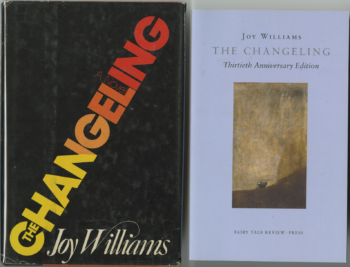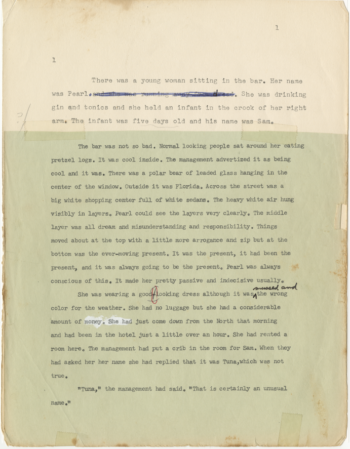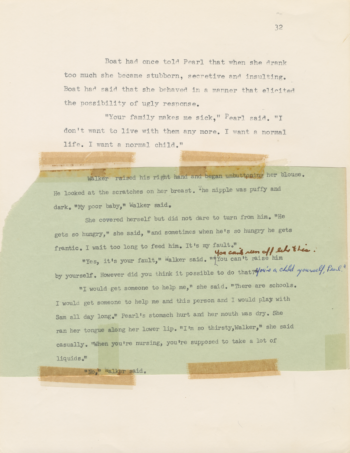
Joy Williams’s Second Novel, Forty Years Later
Joy Williams’s second novel, The Changeling, has been reissued to much acclaim by Tin House Books with a new introduction by Karen Russell. Upon its initial publication forty years ago, however, few but her devoted fans would have foreseen this 180-degree turn in critical reception. That’s because when Doubleday originally published The Changeling in 1978, it quickly dropped off the literary map, perhaps largely due to one particularly scathing review by Anatole Broyard of the New York Times, who admired Williams’s first novel, State of Grace, but who panned The Changeling as “a startling bad” “arbitrary muddle.”

The Changeling, a lyric and surreal masterpiece, unfortunately did not go into a second printing until 2008 when the small press, Fairy Tale Review, reissued it, with an introduction by Rick Moody. On that occasion, reviewer Dwight Garner of the New York Times focused on Broyard’s review in his endorsement of the 30th Anniversary Edition. Lincoln Michel mentioned it this year in BOMB, for his glowing review of the 40th Anniversary Edition. Other contemporary reviewers have followed suit, as they heap long-overdue praise on the now twice-resurrected book. The legend of Broyard’s shortsightedness remains entwined with the mythic and entrancing nature of the book itself.
Williams had enjoyed favorable attention by the literary establishment after her debut. Her first novel, State of Grace, was a finalist for the National Book Award and her stories were published in The Paris Review, Esquire, and The New Yorker. But what critics were drawn to in State of Grace, Broyard detested when it came to The Changeling – namely, Williams’s use of inventive language, stark images, folkloric detail and the sly impossibilities of magical realism. One also has to wonder if the subject matter of the book – an alcoholic mother who is ambivalent about raising a child – was entirely ignored by reviewers like Broyard, who began his 1973 review of State of Grace, “I used to think I was open-minded about women, that I was ready to meet them on their own ground”.


In The Changeling, Pearl and her son Sam survive a plane crash, though they lose Sam’s father. After the wreckage, Pearl suspects Sam has been replaced with a changeling – a fairy child intended to take the place of a stolen human child – that is, he appears exactly like Sam, but with a little something off about him. The novel is full of such transformations – between the natural and social world, between the mundane and mystical, the psychic and physical. Transformations that require the reader to bend and change along with the novel’s enchanting syntax.
Of course, many reviewers and writers came to Williams’s defense – encouraging her to ignore the reviews and return to the page. Williams meticulously preserved these letters of encouragement in binders, placing them alongside negative reviews.

In The Changeling we learn that transformation is unavoidable after the tragedy. But for Pearl and Sam, it’s also necessary in order to move on. And perhaps for the book itself, tragedy and transformation were necessary in order to salvage it for new generations of readers.
